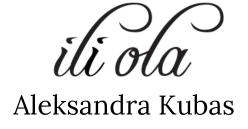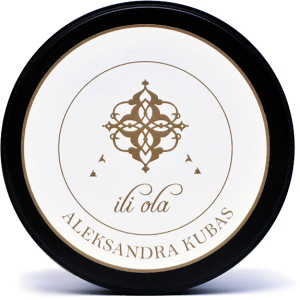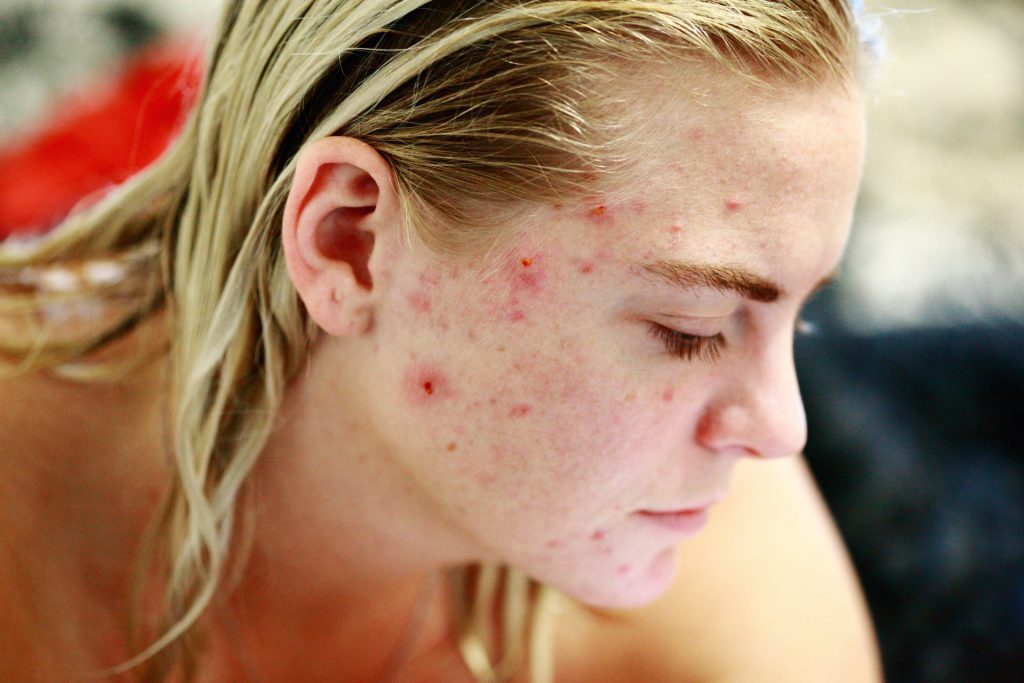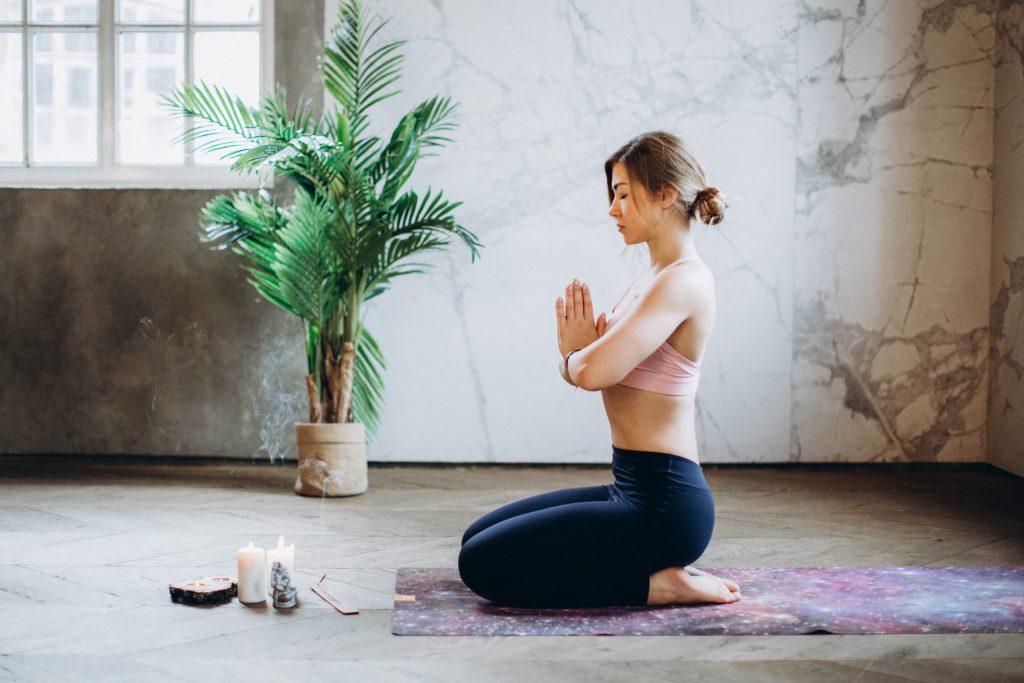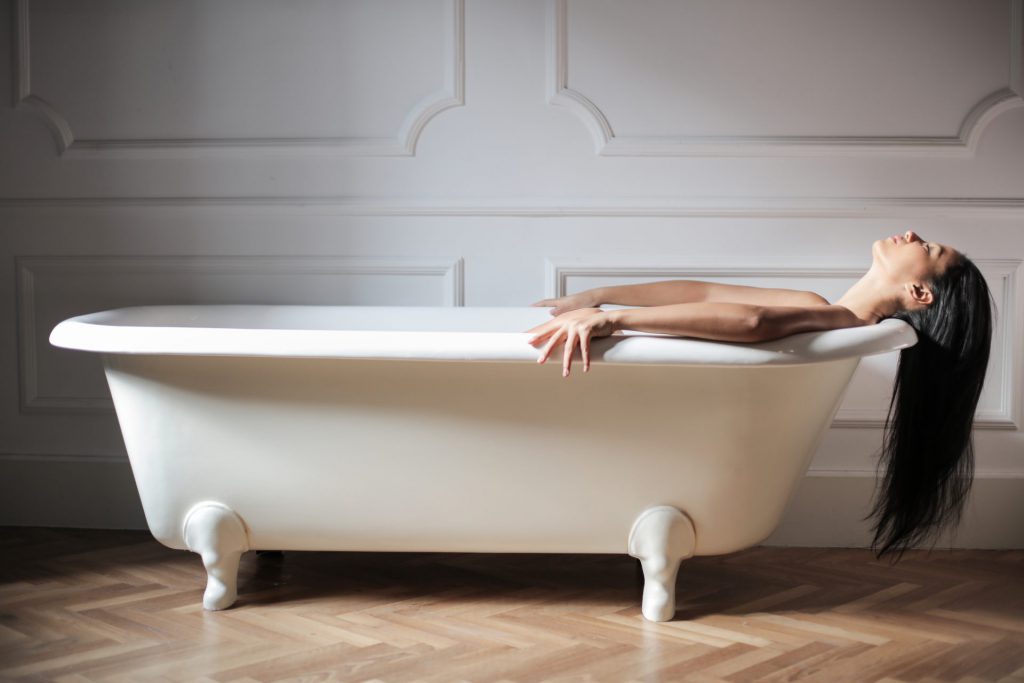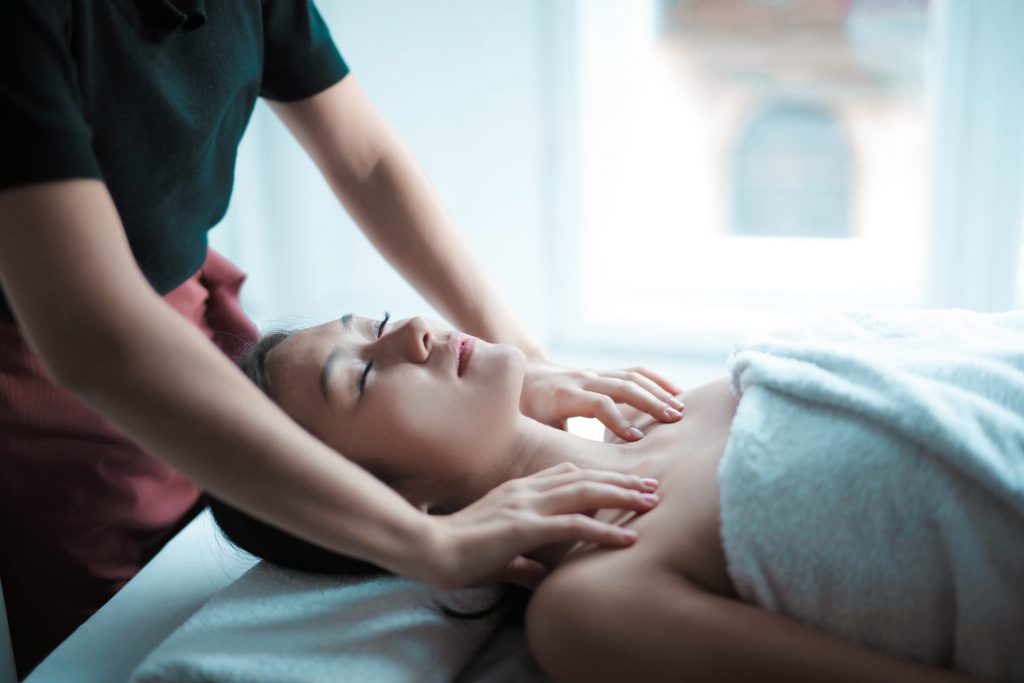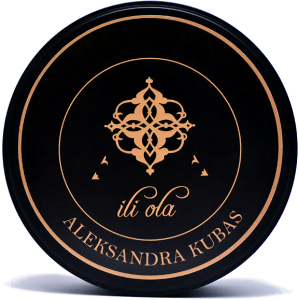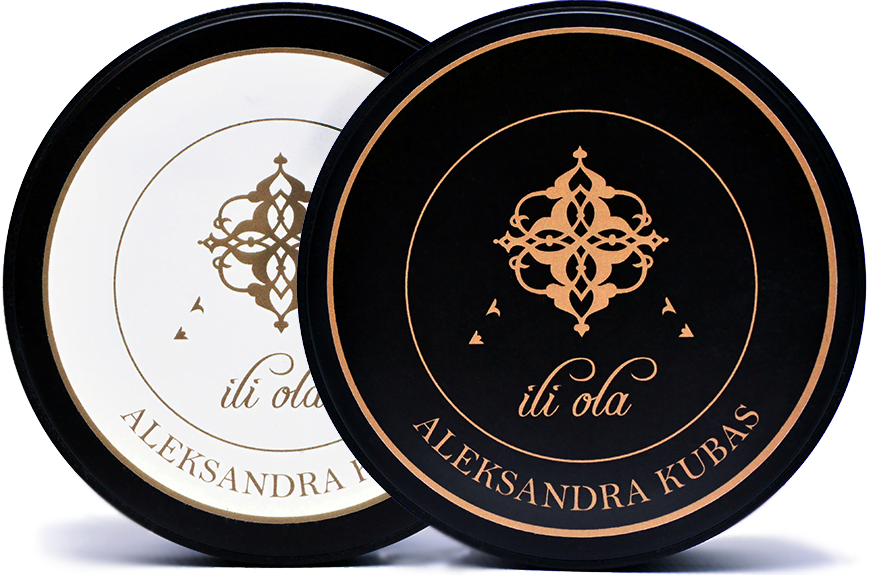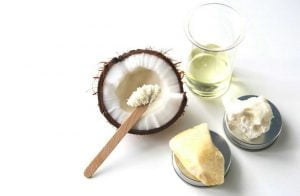Retinol or.
The topic of discoloration and dry skin comes back to us every autumn. The skin after excessive exposure to the sun is dehydrated, rough, inex elastic and unfortunately eschemed with spots – discoloration. The problem would not be if the care in the summer was conscious, as was the approach to sunbathing itself.
At the outset, I will remind you what happens to the skin when it is under the influence of solar radiation. That is, when we did not apply the cream with a filter. Of course, it is worth remembering that the use of the cream in the morning does not give us protection at noon, such a cream should be applied on average every two hours. And in the case of bathing in water, the exposure to sunlight is even higher. The skin then accepts more radiation because it shines.
UV radiation is reflected or absorbed through our skin. I will not describe the whole process, istotne it is quite complicated and what is important is that during the skin we sunbathe improperly erythema is formed. This is an inflammatory process that leads to dangerous diseases, mainly skin cancer – melanoma. So, prevention is the best protection. Burns should always be prevented, because we never know when this burn can be the last before the disease. Here I refer to biochemistry or skin physiology, it is worth getting acquainted with the action of the p53 gene and the fact that currently we can not predict when this important gene for skin protection will be destroyed.
In addition to health problems, tanning is unfortunately a way to age the skin faster and discoloration. Discoloration is the real bane of many people, especially when hormonal or genetic problems occur.
How do discolorations arise?
Brown discoloration is melanin produced in melanocytes and sent to keratinocytes in melanosomes. Melanin is a biopolymer, a compound composed of many smaller units, the basic component of which is tyrosine. Tyrosine is activated by tyrosine. The whole process is the body’s defensive response to radiation.
How to get rid of minor discoloration?

Minor discolorations such as freckles are basically a small cosmetic problem. It is easy to remove them with treatments with acids such as lactic acid, almond acid or kojic acid. These are surface discolorations that we will remove together with the kera epidermis. It is worth to go for such a treatment to your beautician, who by the way will offer nutritional care of much-needed dried and flaccid skin.
Deep discoloration, chloasma.
A much greater challenge is the treatment of the skin on which the chuda appeared. Chuda (or melasma) is a large brown patch on the skin of the face (forehead, cheeks, temples, upper lip).
The main factor causing the ostuda is, of course, exposure to UV radiation. But the formation of discoloration is also influenced by genetic predisposition, the use of hormone replacement therapy, intestinal parasites, ovarian tumors. The susceptibility of the skin to discoloration stains formed under the influence of ultraviolet radiation can increase in people using drugs. These include: cytostatics, antifungal agents, analgesics and anti-inflammatory, antidiabetic, diuretics, also included in hormonal drugs estrogens.
Also herbs such as calendula and St. John’s wort, have a photosensitive action. Therefore, they should be abandoned in the summer. This may also occur due to the use of cosmetics (especially perfumes) containing citrus extracts. Men using substances that stimulate testosterone production also run the risk of developing a chloasma.
Treatment in the office of aesthetic medicine.
Retinol.
When the heat disappears, we can take advantage of treatments with retinol and vitamin C. Retinol acts quickly, affects the exfolation of the epidermis, reduces the size of melanocytes and reduces the amount of melanin. In addition, it affects the synthesis of collagen and elastin, therefore, will make the skin look younger. During treatment with retinol, creams with high photoprotection should be used without or without treatment, because retinol reacting with the sun will cause further discoloration, unfortunately in the deeper layers of the skin. Such remove is difficult.
It is very important that the client of the beauty salon understands this process and here the cosmetologist should take care of the education of each of his clients in this regard. I know from experience that, despite knowing what we are not allowed to do, most of us will not follow the recommendations simply because they do not understand the process itself.
Medical peeling.
Medical peeling gives very good results in most patients. It is worth to perform it after an earlier treatment with retinol) (willdisperse the pigment). We use medical peeling no earlier than 3 weeks after the end of treatment with retinol. In addition, the use of medical peeling will also reduce fine wrinkles (will affect the increased synthesis of collagen and elastin). It is important that after the procedure for the recovery period do not expose the skin to sunlight and use filters with high SPF as with retinol treatment.
Currently, beauty salons offer several types of medical peels, helpful in the fight against discoloration. They inhibit the synthesis of melanin and block the transport of melanosoms, thanks to which they brighten the skin. They stop hyperpigmentation by inhibiting tyrosine activity. They remove dye cells by exfoliation of the epidermis at various levels. Recovery lasts about 7-10 days. It is best then to stay at home, apply oily creams and give up makeup. Beauty products should not contain fragrances and potential irritants during this time, as they will slow down the process of skin regeneration. Price approx. 1500 PLN.
Skin nutrition.
If you do not have problems with difficult discolorations and so it is worth going to the beautician for a nutritional treatment. The range of such treatments is also very rich. A well-known aerobic infusion, which is aimed at improving cell metabolism, hydration, firming, alignment of skin tone, as well as regulating the secretion of sebum is a cost of about 450 PLN. The treatment gives immediate effects.
For those who appreciate natural care, affecting the relaxation of the fesces and lymph flow, a good treatment will be facial massage, performed on oil products (without fragrances and preservatives). Massage through skin relaxation allows for greater penetration of nutrients (vitamins, lipids) into the skin. Such treatment will also smooth the skin, accelerate its metabolism, gently brighten, and increase hydration. Here, too, we do not wait long for the effect, in addition, facial massage is extremely pleasant and there are no indications for it. If it is performed with hands (without tools), there are no contraindications for oncological patients, with the fact that the massage itself is a kind of stroking, without oppression for the safety of the patient. Price approx. 200 PLN.
Home care.
At home, it is worth focusing on the exact daily cleansing of the face. Preferably multi-step. Peelings used at home should be gentle and frequent. They will allow exfoliation of dead epidermis, without excessive abrasion, which gradually will brighten the skin. The small step method is much more effective than strong friction. I advise against the use of granular peels, the effect of which is short-lived and too irritating to the skin.
For the night we use creams with low concentration of AHA acids for daily care for a change with a concentrated oil serum. Such serums with a predominance of unsaturated fatty acids and phytosterols, which we find in oils made of baobab seeds, pomegranate, maruli oil, smooth the skin, reduce its superficial tone. The addition of regenerative adaptogens found in the root of the castor (macerates) and flavonoids, which in abundance in oils of black cumin, neem, tamane, will neutralize free radicals, while improving the overall condition of the skin. Positively affect the quality of sebum, strengthen the violated hydrolipid barrier. This will reduce the risk of new irritations and regulate skin metabolism. We will get rid of dry skins and irritations. We will strengthen hydration, which will give the effect of firm and elastic skin.
In conclusion,
let us remember that the sun, which gives us great energy to live, can also make us feel good about it. That is why sunscreen is so important. However, when the proverbial milk has spilled, let us not panic! Aesthetic medicine and cosmetology are an industry rapidly evolving. Today we can significantly improve the condition of the skin, which struggles with all sorts of sun discoloration.
